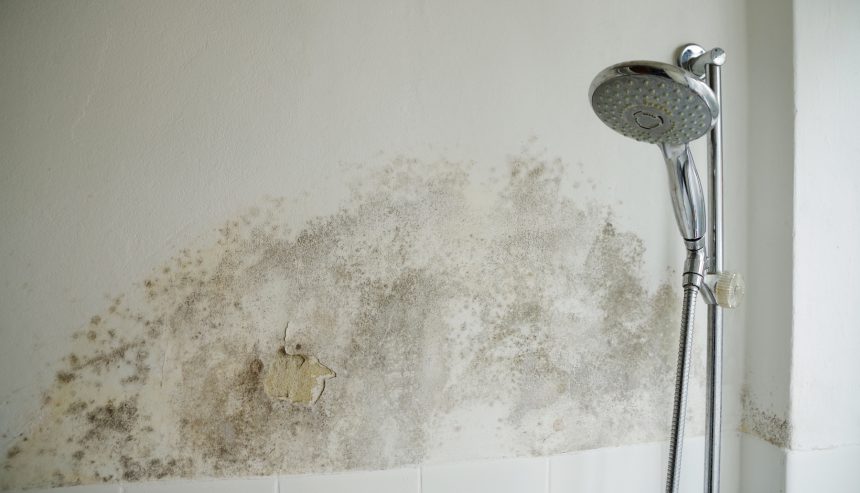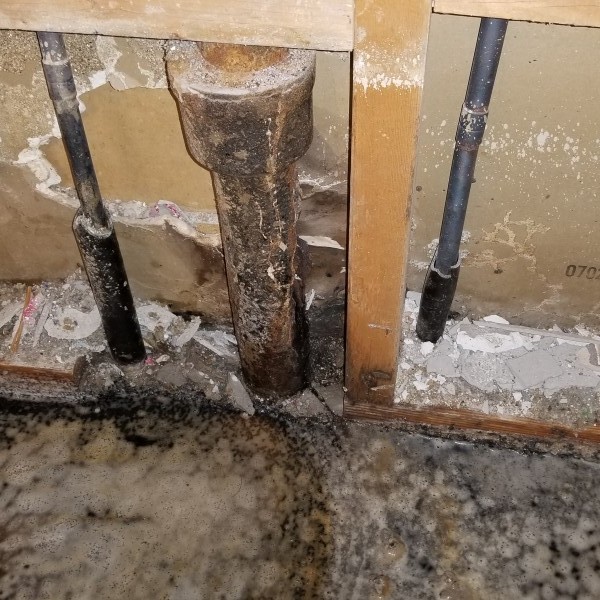How to Repair and also Avoid Bathroom Water Damage
How to Repair and also Avoid Bathroom Water Damage
Blog Article
They are making a number of good points on How to Repair and Prevent Bathroom Water Damage as a whole in this content followed below.

The washroom is incredibly at risk for moist build-up and also prospective water damages as a result of the regular use water in it. This article uses simple evaluation methods to aid spotting water damages hazards.
The frequent use water in the washroom makes it incredibly prone for wet accumulation as well as possible water damages. By examining it on a regular basis, you can lower water related damages.
The adhering to collection of inspections is easy to carry out and also need to be done once in every three months in order to maintain your washroom in good shape and to prevent prospective water problems brought on by the bath tub, the shower, pipe joints and plumbing, sinks, cupboards, as well as the commode
Do not forget performing these inspections as well as be complete while executing them. Remember that these straightforward examinations can conserve you a great deal of cash by providing early indications for water damage
Sinks as well as Cabinets
Sinks as well as cupboards are subjected to wetness as well as moisture day-to-day and also are usually forgotten. Evaluate consistently under the sink and also on the kitchen counter over it. Fix any kind of drip in the catch as it might recommend drainpipe issues. Browse the sink, sluggish draining pipes may indicate a blocked drain. Replace sink seals if they are cracked or loose.
Bath tub and also Shower
The shower and also tub need special attention and upkeep. Examine the floor tiles and also change if split. Ensure that there is no missing grout in between the ceramic tiles. Examine as well as replace fractured caulking at joints where the walls meet the flooring or the tub. Blocked drains as well as pipes troubles will prevent the bath tub from drying out and might indicate significant issues beneath the bath tub. Talk to a professional promptly to prevent architectural damage. Take notice of discolorations or soft areas around the bath tub walls as they might suggest an inner leakage.
Plumbing
Signs for water damages are difficult to find since a lot of pipes are mounted inside the walls.
Pay unique attention to floor covering and walls moisture and also spots as they might indicate an undetectable plumbing problem. Examine wetness degrees in adjoining areas also.
The Toilet
The bathroom is a susceptible water joint. Check the water lines and also search for leaks around the bathroom seat, in the hose, and also under the water tank. If you identify any indicators of wetness on the flooring around the bathroom, look for leaks in the toilet edge as well as container seals.
Know that hanging commode bowl antiperspirants increases the opportunities for clogs.
Water Damage Signs In The Bathroom To Avoid Cleanup
Musty smell
This is one of the easiest signs to catch because musty smells are so odorous. The damp, earthy, moldy smell should be a big red flag. The smell will develop when moisture gets trapped in surfaces, and begins to facilitate mold growth. Leaking pipes under cabinets, inside walls, and behind shower fixtures will cause moisture to stay trapped and not dry, which will lead to mold growth and spread. As soon as you notice any musty smells in your bathroom, have it checked for hidden water damage and cleanup signs.
Visible mold
If the smell isn’t there to give it away, sometimes you will actually see mold growth. Finding mold in your bathroom is a serious problem, because mold is very harmful to your health. By the time mold growth is visible, it also means that water damage has already occurred and been present for some time. The only way the mold problem can be resolved is to find the source of the moisture and get it stopped. To safely and adequately remove mold, you need to have professionals handle the remediation. Do not waste any time in getting mold problems addressed, fixed, and sanitized so that you can protect you and your family from the many respiratory symptoms caused by mold exposure.
Damaged floors
Bathroom floors should be able to withstand some exposure to water while still remaining in good condition. However, when excess exposure or water leaks occur, they will begin to damage even the most water-resistant flooring. If you notice any cracking, bubbling, staining, or warping on your bathroom floors, there is probably a water leak somewhere causing the distortion. If you notice areas of the floor have become softer, or even have a spongy feeling, there is probably damage to the subfloor. Subflooring is typically made up of plywood. When plywood is exposed to water or moisture, it will absorb it. Once it has become saturated, the weight of the excess water will cause the wood to swell and soften. Check the floors in your bathroom frequently to catch any of these sings before they lead to damaged subflooring.
Changes on walls
When water leaks behind walls, it will cause changes in the drywall. Peeling plaster, blistering paint, and soggy wallpaper are all good indicators that excess water is building up behind the wall. Water leaking behind drywall will cause it to swell and be soft to the tough. If you start to notice gaps along the trim of your walls, or where tile meets the wall, it could also be a strong indicator that there is a leak behind the wall. Any changes, distortion, or damage on the walls should be evaluated as soon as you notice it to prevent further water damage and cleanup.

I discovered that blog post on How to Fix a Water Damage Bathroom when doing a search on the internet. Appreciated our entry? Please share it. Let another person discover it. Thank-you for taking the time to read it.
Schedule Report this page